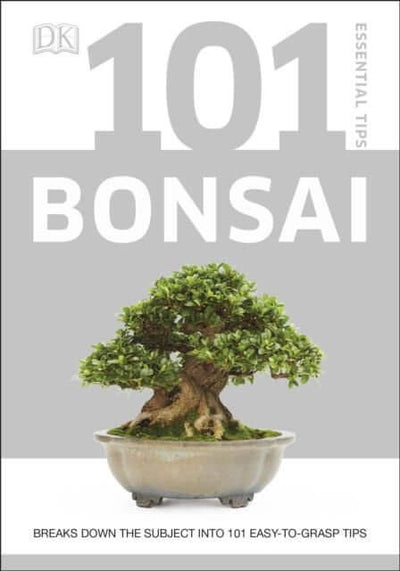The Origins of Bonsai: A Journey Through Time and Culture
A Journey Through Time: The Origins of Bonsai
Bonsai, the art of cultivating miniature trees in pots, is a captivating practice that has captured hearts and minds across the globe. But its origins are deeply rooted in history and culture, tracing back to ancient China and finding its unique expression in Japan.
The Chinese Roots: Penjing
The earliest forms of bonsai can be traced back to ancient China, where the art of cultivating miniature trees, known as "penjing," emerged during the Tang Dynasty (618-907 AD). Penjing, meaning "tray landscape," involved creating miniature representations of natural landscapes, incorporating rocks, water features, and miniature trees. The practice was initially associated with the elite, serving as a means to bring nature indoors and create tranquil spaces for contemplation and relaxation.
The Japanese Influence: Bonsai
During the 12th century, penjing found its way to Japan, where it was embraced and further developed. The Japanese, with their profound appreciation for nature and its aesthetics, refined the art of penjing, giving it its distinct name, "bonsai." The term "bonsai" is a combination of the Japanese words "bon" (tray) and "sai" (planted), highlighting the importance of the pot and the relationship between the tree and its container.
The Zen Influence
The development of bonsai in Japan was deeply influenced by Zen Buddhism. The philosophy of Zen emphasizes mindfulness, simplicity, and harmony with nature. These principles found expression in the art of bonsai, where the meticulous shaping and pruning of trees reflected a deep understanding and appreciation for the natural world. Bonsai became a spiritual practice, a way to cultivate patience, discipline, and a connection with the universe.
Styles and Techniques
Over the centuries, bonsai has evolved into a diverse and intricate art form, with numerous styles and techniques developed to create unique miniature trees. Some common styles include:
- Formal Upright: A classic style featuring a strong, vertical trunk and symmetrical branches.
- Informal Upright: A more natural style with a gently curving trunk and asymmetrical branches.
- Cascade: A style that mimics trees growing on cliff faces, with the trunk cascading downward.
- Slanting: A style featuring a trunk that slants dramatically to one side.
- Windswept: A style that simulates the effects of wind on a tree, with branches bent and contorted.
Beyond Art: Bonsai as a Way of Life
Bonsai is more than just an aesthetic art form. It is a living art, requiring patience, dedication, and a deep understanding of the natural world. Bonsai enthusiasts devote years to nurturing their trees, learning their unique characteristics, and shaping them according to their vision. The process of bonsai cultivation is a journey of discovery, a reflection of the interconnectedness of life, and a testament to the beauty and resilience of nature.
The Global Reach of Bonsai
In recent decades, bonsai has experienced a global resurgence, with dedicated communities and exhibitions flourishing across the world. Its appeal lies in its ability to capture the essence of nature in a miniature form, offering a tranquil and inspiring connection with the natural world. Whether displayed in a home, a garden, or an exhibition, bonsai continues to captivate and inspire people from all walks of life, connecting them to the timeless beauty and resilience of the natural world.
Conclusion
The origins of bonsai lie in the rich cultural tapestry of ancient China and the refined aesthetics of Japan. From its humble beginnings as a form of penjing, bonsai has evolved into a highly respected art form, a spiritual practice, and a way of life. As we delve deeper into its history and techniques, we gain a deeper appreciation for the beauty, patience, and interconnectedness that are at the heart of this ancient art form.








